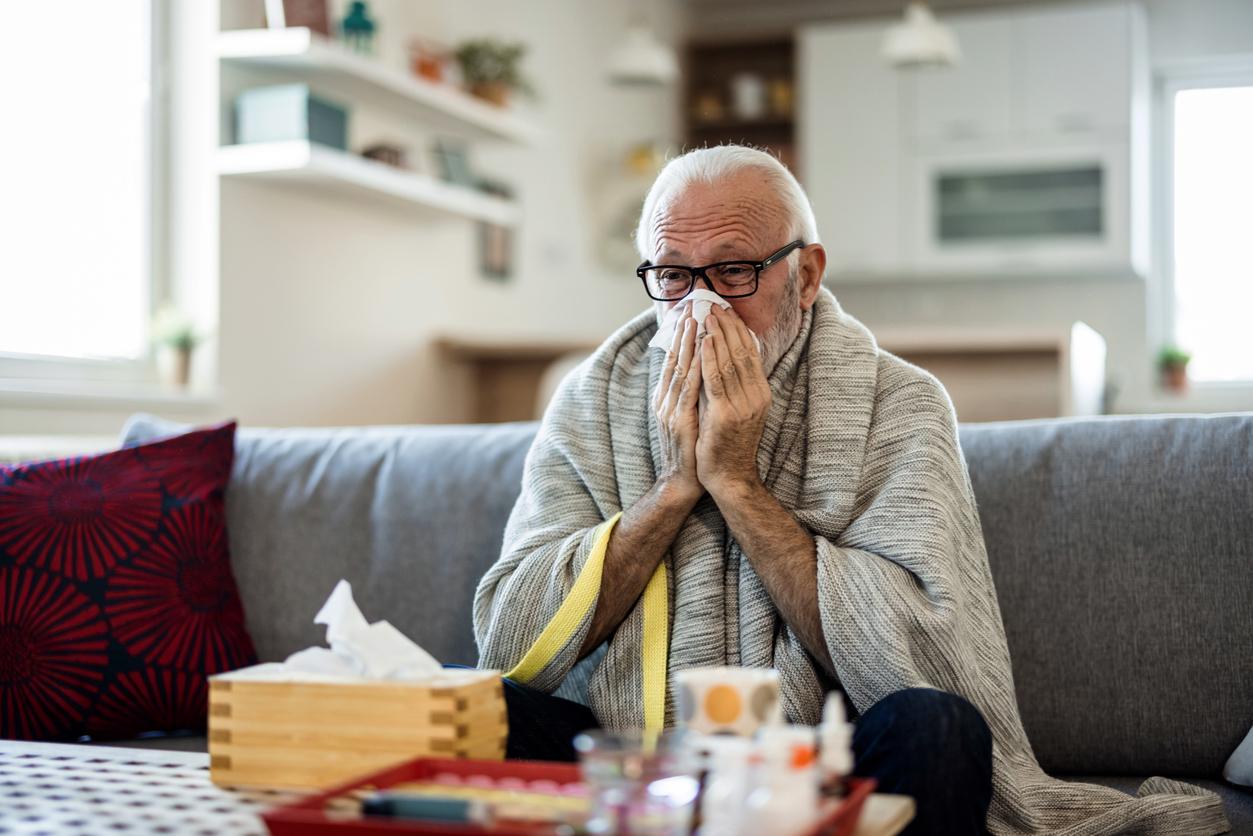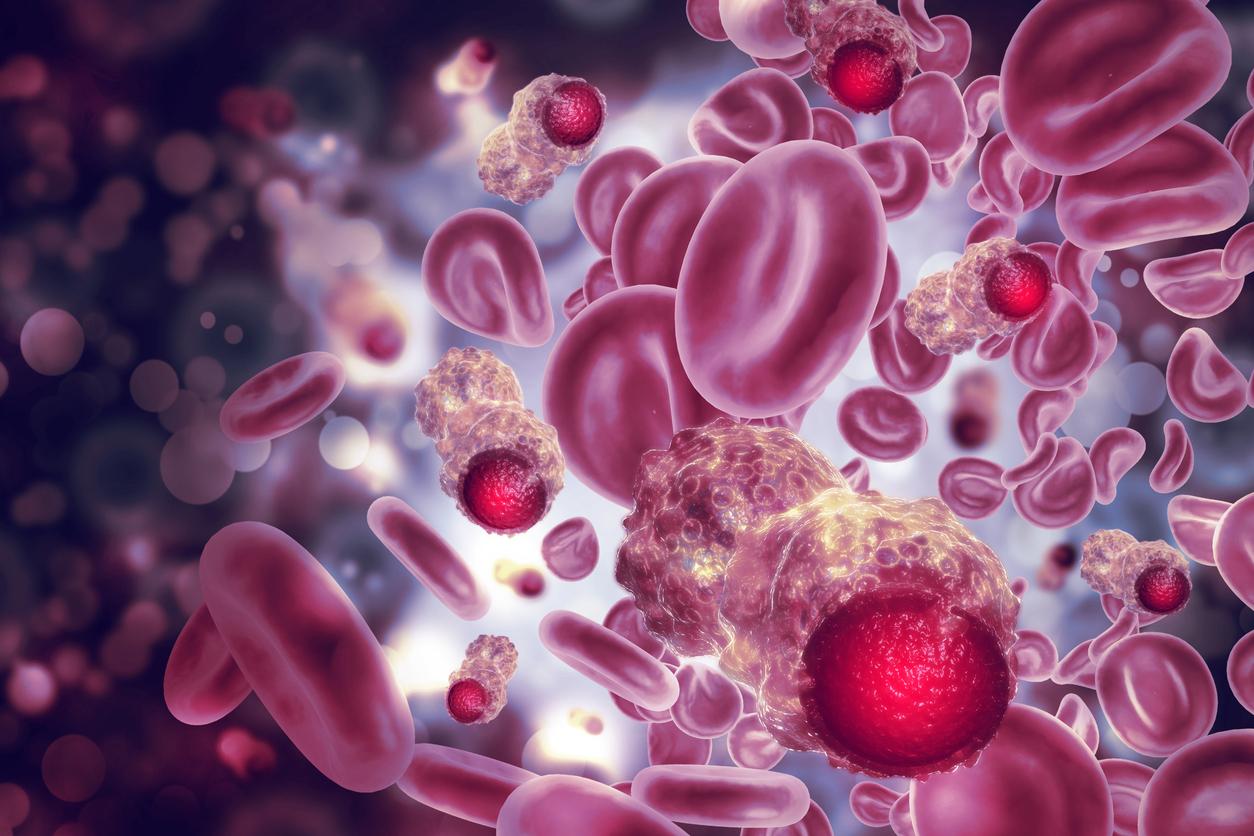A report from the pharmacovigilance survey carried out by the National Medicines Safety Agency mentions more than 300 serious adverse effects in patients affected by Covid-19 treated with antibiotics and antivirals, including hydroxychloroquine.

- The Medicines Safety Agency highlights the adverse effects of several treatments tested against Covid-19
- The controversial chloroquine is the cause of 23% of these adverse effects
Hydroxychloroquineazithromycin, Kaletra… Although promising, the various treatments currently being tested to treat patients affected by Covid-19 can lead to serious side effects, warns the National Medicines Safety Agency (ANSM).
“As of April 22, 2020, 321 cases of adverse effects have been reported in connection with a Covid-19 infection, including 80% of serious cases”, writes the ANSM.
Among the cases identified in the ANSM survey, 58% concern patients treated with hydroxychloroquine (famous treatment recommended by Professor Didier Raoult) used alone (23%) or combined with the antibiotic azithromycin (31%). The remaining patients (42%) were administered the antiviral Kaletra (combination of lopinavir and ritonavir).
Damage to the heart, liver and kidneys
The most serious cases concern four deaths, all linked to hydroxychloroquine. Recently, the European Medicines Agency has warned of theuse of chloroquine, which is said to cause heart problems. Kaletra has been associated with damage to the liver, digestive system, heart and kidneys.
According to the ANSM, which already declared a hundred cases at the beginning of April, the data are sufficient to establish a link in two thirds of the cases (i.e. 215 patients) between the symptoms observed and the administration of these drugs.
“These side effects do not reflect the completeness of the number of cases actually occurring, and this in particular because of the very strong under-reporting, but makes it possible to emit signals with a view to taking measures to reduce the risk”underlines the ANSM.
Given these data, “it is not possible to relate the number of side effects reported to the total number of patients treated to calculate a ‘hazard rate’ of each drug”, continues the health agency.

.















